Banyan Tree Spa Bintan review: an idyllic rainforest hideaway
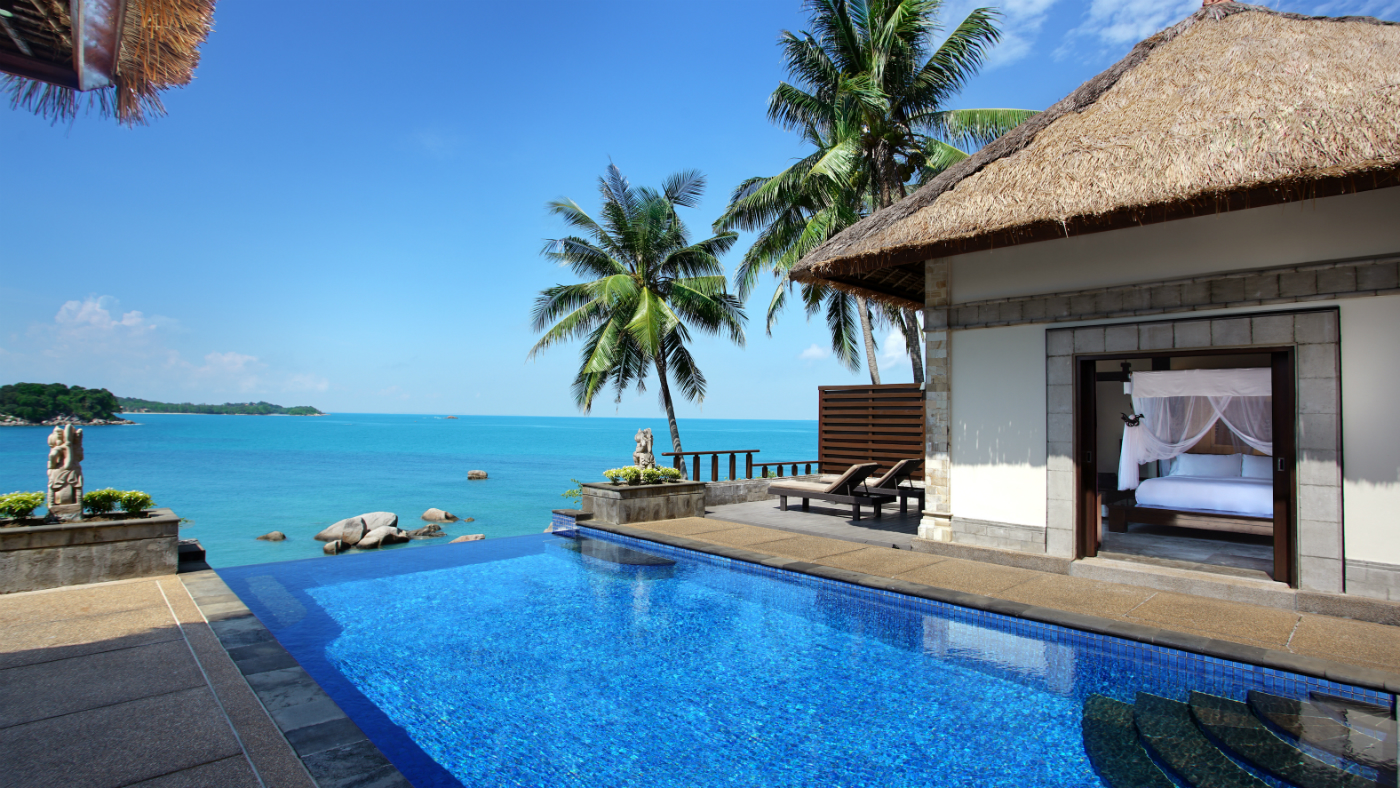
They are not hard to find on a map, but chances are you might never have heard of the Indonesian Riau islands.
Sprinkled just south of Singapore and home to the bohemian Orang Laut people, they stretch up to Borneo, straddling the sea routes between the Indian Ocean and the South China Sea. Unless you have a helicopter, the routes into and around the 3,000-strong island archipelago are by sea, making them blissfully quiet - think Bali twenty years ago.
From the UK, the easiest route in is via Singapore, a fascinating destination in its own right that is well worth a stopover. If you’re time poor, though, and eager to get to the islands like The Week Portfolio, 24 hours will do. Forget the advice of guidebooks and head straight to Betel Box Tours at 200 Joo Chiat road. Run by passionate locals with a jaw-dropping amount of knowledge, you’ll be taken on a gastronomic odyssey through technicolour back streets and up soaring sky scrapers as you listen to your guide via a Bluetooth headset.
The Week
Escape your echo chamber. Get the facts behind the news, plus analysis from multiple perspectives.

Sign up for The Week's Free Newsletters
From our morning news briefing to a weekly Good News Newsletter, get the best of The Week delivered directly to your inbox.
From our morning news briefing to a weekly Good News Newsletter, get the best of The Week delivered directly to your inbox.
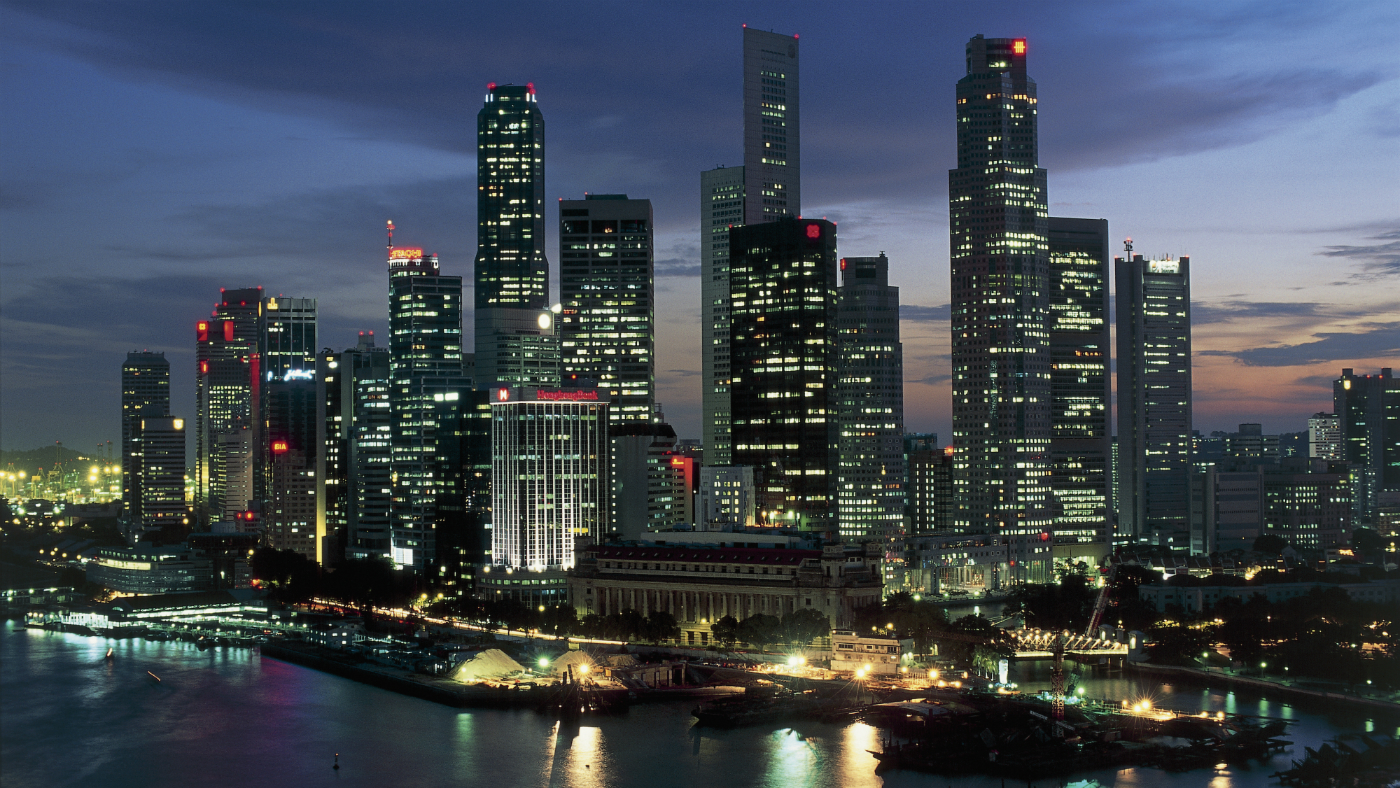
On your way through the Joo Chiat neighbourhood, you’ll drop in on the Quek family who welcome you with open arms, huge smiles and stacks of steaming popiah skins (52 Joo Chiat Place). Hailing from the Fujian province of China, popiahs are a type of spring roll traditionally filled with crunchy vegetables and a generous helping of chilli.
The dexterous Queks have been making their secret-recipe dough here with long wooden poles “since before World War II” and will gladly show you the ropes. We watched them deftly twirl mounds of dough in mid-air before pressing them onto searing hot pans and peeling away paper-thin skins. All in the same time it took us to devour one - under a minute. A street-side feast not to be missed.
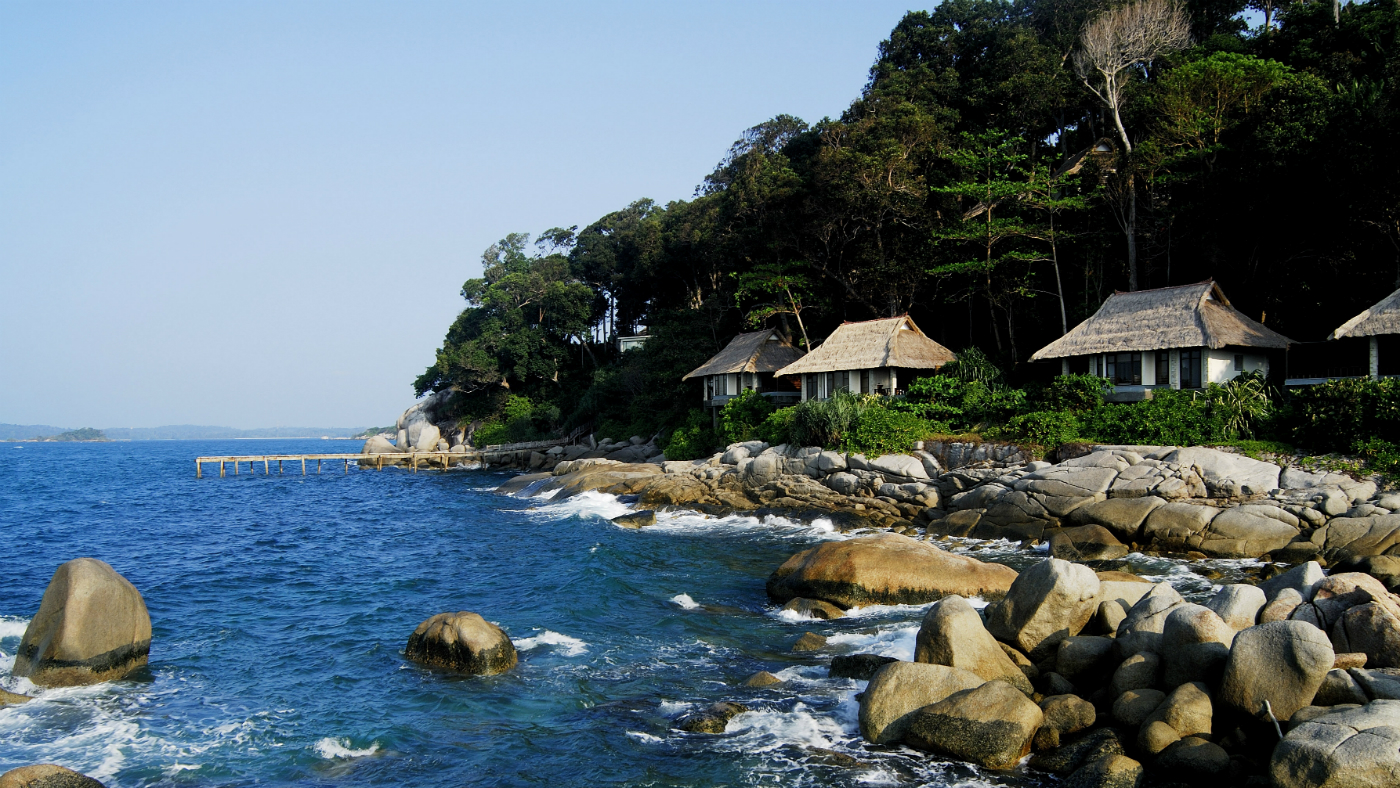
The next day, an hour-long catamaran from Tanah Mera ferry terminal (around £38 return) took us from concrete jungle to steamy primordial idyll. A world away from ultra-clean Singapore, the island of Bintan is a mish-mash of mangrove trees, beautiful temples and picture-perfect beaches.
With a population of less than a quarter of a million people, Bintan is home to numerous cultures, including Malay, Bugis, Chinese and native tribes. There are quite a few hotels dotted along the coastline as well as larger resorts inland, but the jewel in the crown is the private Banyan Tree Spa Bintan – a stunning rainforest hideaway with a 900m-long talcum-white shore.
A free daily email with the biggest news stories of the day – and the best features from TheWeek.com
The rooms
Built in the style of a Balinese fishing village, Banyan Tree’s 72 villas are perched on stilts on the undulating hillside of Tanjong Said Bay amid a tangle of jungle. We arrived at sunset as monkeys leapt across thick vines and a flush of hot pink flooded our villa.
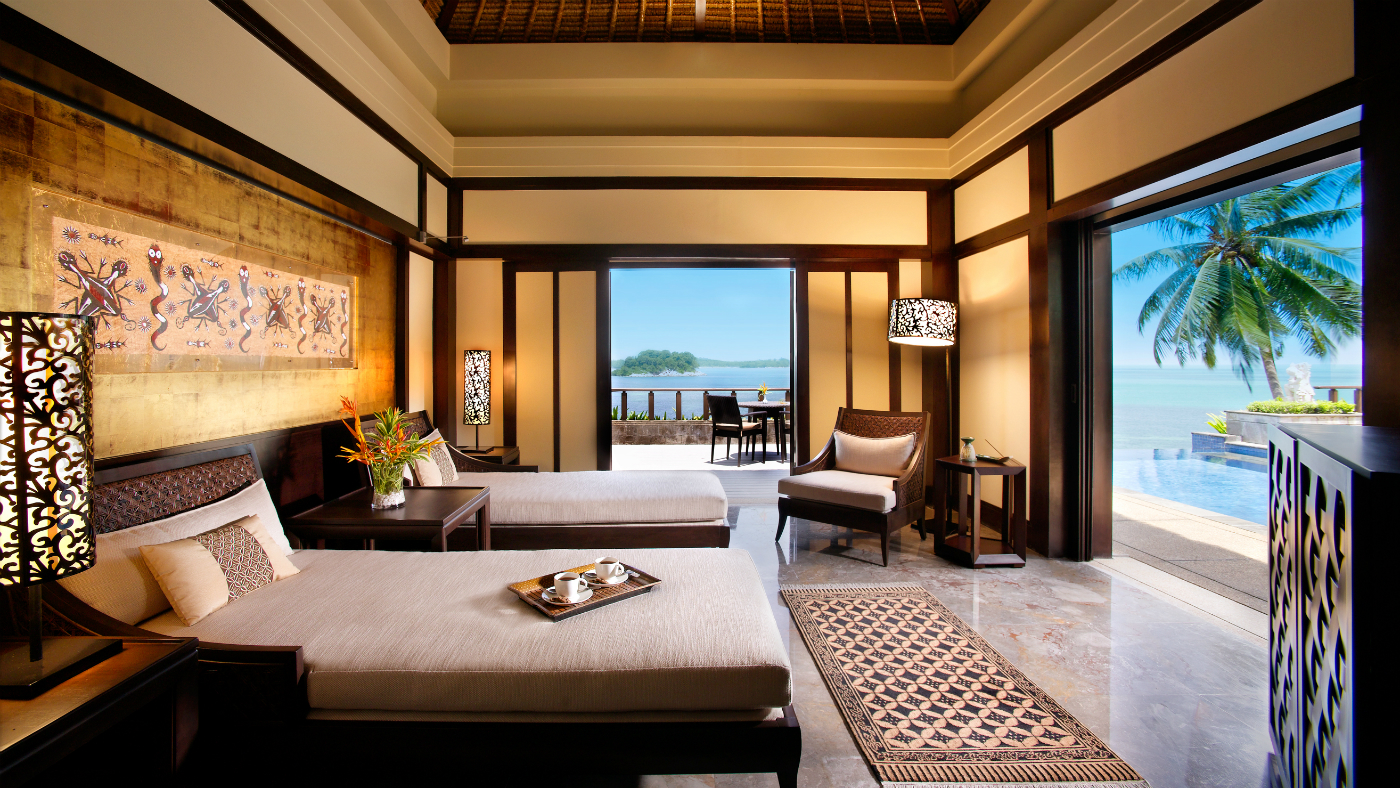
Accommodation options are extensive to say the least. In total there are seven categories, all with traditional Balinese thatched roofs, swing-open wooden doors and postcard-like views through the rainforest of the South China Sea.
We stayed in a Rainforest Seaview Villa, complete with a king-sized four-poster canopied bed, private balcony and outdoor Jacuzzi pool. Thoughtful touches were evident throughout - there’s even an essential oil burner with a bespoke daily fragrance.
For all-out privacy, follow in the footsteps of the A-listers who come here and choose the Oceanview Infinity Pool Villa, a huge 400 square-metre affair at the top of a secluded hill facing the ocean.
The food
There are three restaurants to choose from. Treetops is Banyan’s main restaurant, open all-day with a spectacular buffet breakfast of local fare including Indonesian porridge, Kuih Dadar (crepes with pandan juice and grated coconut) and the usual western staples. At lunch and dinner the menu is predominantly Indonesian. The Nasi Goreng is to die for, as are the six different types of chilli paste on offer.
At Saffron, meanwhile, you’ll need to reserve a table but Banyan’s signature fine-dining Thai restaurant is worth it. Open for dinner only, resident chef Pimswat Pairote uses fresh ingredients from island farmers for an award-winning Thai menu with a twist.
Finally, The Cove is located just above the beach pool, and is the most laidback of the lot. Feast out or in on Mediterranean dishes including smoked salmon linguine, stone crab spaghetti and Australian rack of lamb cooked in garden herbs.
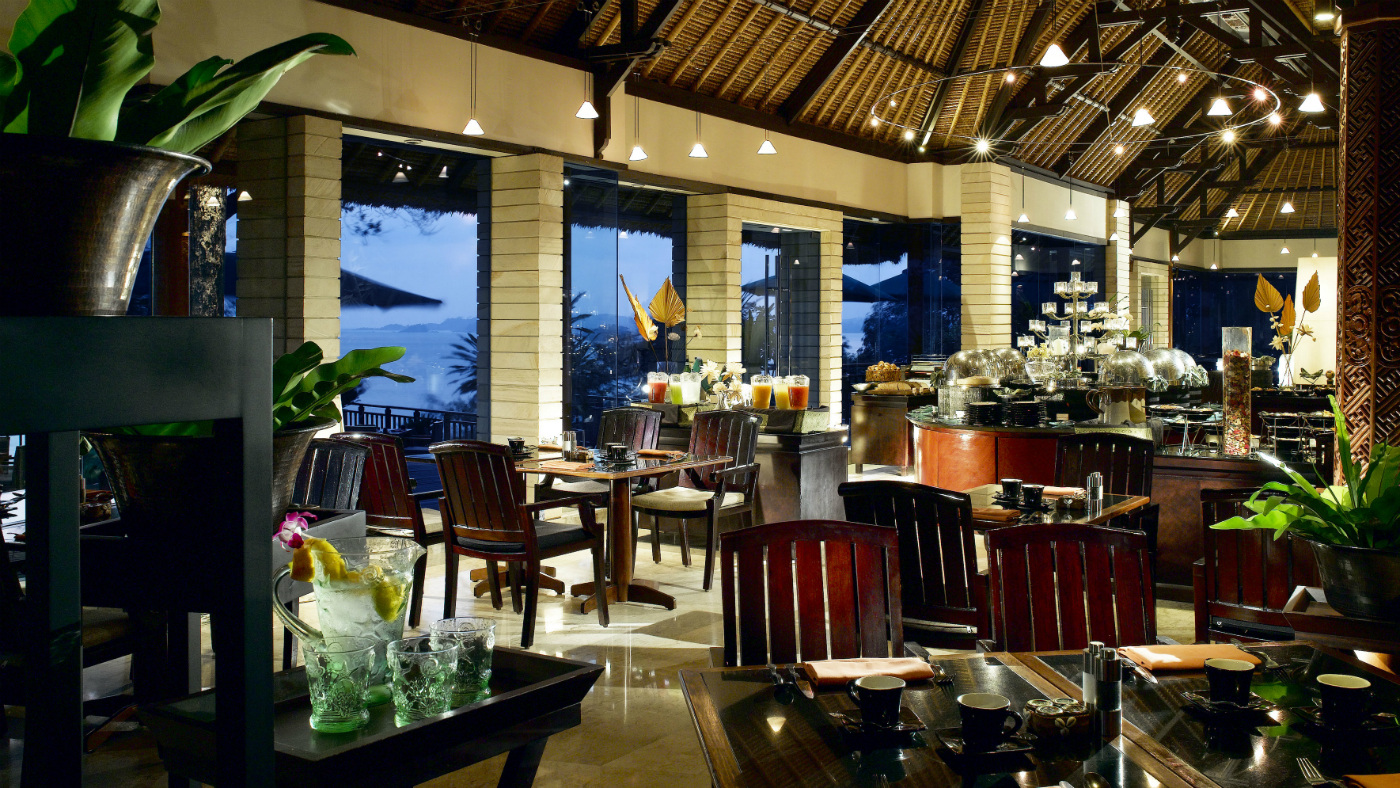
If you’re in the mood for something really special, treat yourself to one of the dining experiences the resort can arrange.
The Fisherman’s Table experience offers seafood dishes such as wok-fried chilli crab, which arrive straight from the nearby mangroves and are served to you in a traditional fisherman’s boat.
Dinner on the Rocks allows you to dine on a huge rock, ocean-side, with your own personal chef and waiter.
One of the culinary treats we opted for was the Kelong Dining Experience, which saw us head out on a handmade “pompong” boat made from reclaimed local wood to a floating Kelong, a traditional stilted fishermen’s abode in the middle of the ocean. Candlelit cocktails and exquisite seafood cooked onboard accompanied by fresh sea breezes followed. Truly magical.
Probably the most impressive of all, however, is the Selamatan Dining option - a traditional Javanese style dinner served on the beach. On the night we went, we sat on cushions at a sand-sunken table by a fire pit and were treated to an evening of Indonesian dance and music. Dishes included Sayur Urab (spicy salad with grated coconut), Daging Mesisit (shredded crispy coriander beef), Nagasaki (steamed banana and rice flour wrapped in banana leaf) and Es Puter, an Indonesian-style coconut milk gelato that, if you order, you will remember for the rest of your life.
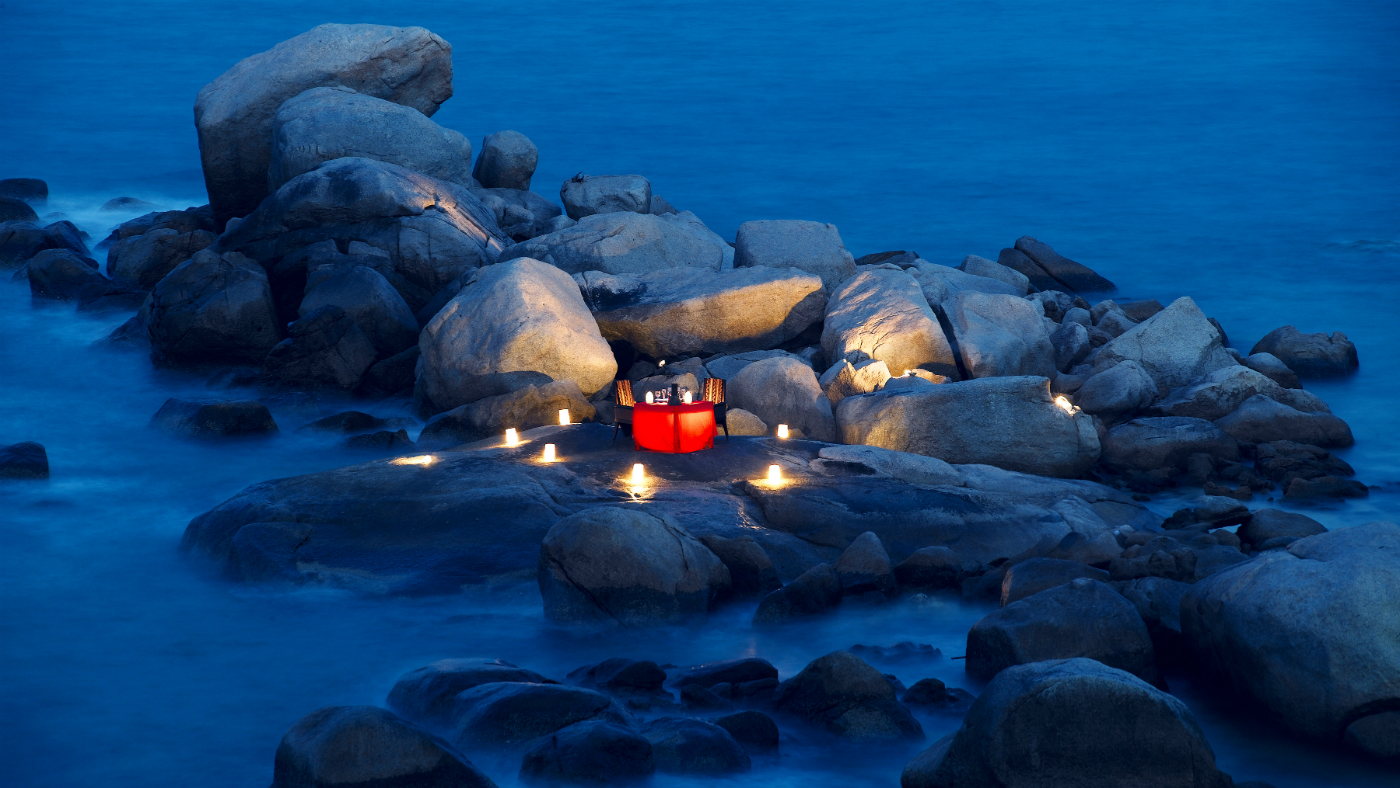
The spa
Banyan Tree offers a range of pampering and wellness experiences, but the spa is where it all comes together. Leaning on ancient and modern healing methods from across Asia, it fuses Ayurvedic therapies, massage techniques from the Chinese Shang dynasty, Indonesian palace rituals and Thai treatments. All therapists must undergo rigorous training at the prestigious Banyan Tree Spa Academy Bintan which is even licensed by Indonesia’s Ministry of Education.
The spa has 15 treatment rooms, several of which are equipped with private plunge pools, recessed baths and day beds overlooking the ocean. Try the signature 150-minute Royal Banyan treatment, which includes a muscle-soothing warm herbal pouch massage and jade face massage.
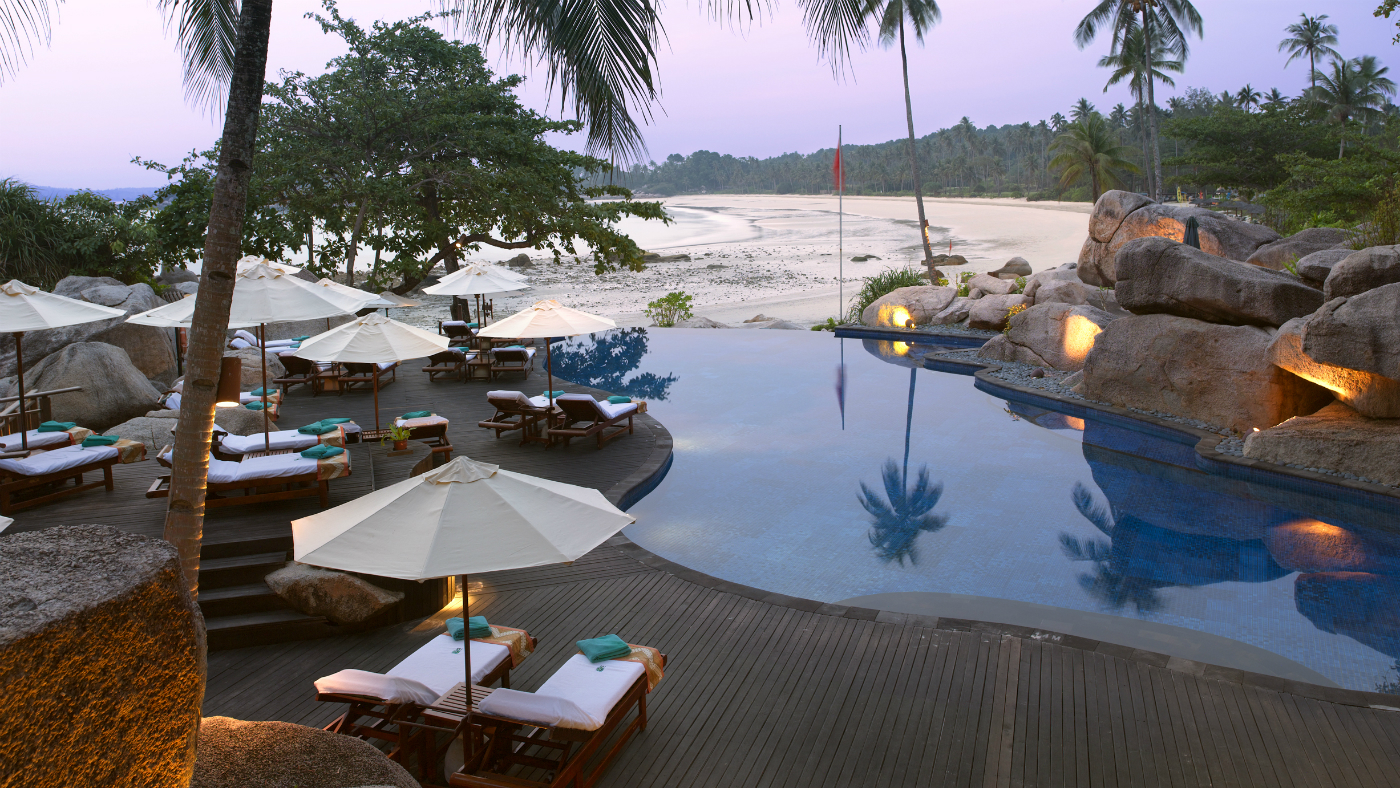
Conservation lab
Set up in 2007, there’s also an on-site Conservation Lab that works with local communities to protect threatened species and delicate ecosystems. Part of the Banyan Tree Global Foundation, the lab has protected more than 2,700 turtle hatchlings so far. We took part in a “baby turtle release” programme and watched with baited breath as our tiny shelled critters struggled gamely across the sand and into the sea for the first time.
If you’re looking for a place to unwind in luxury with no shortage of sun, sand and sea, Banyan Tree Spa is the place to go. There’s plenty to do on the island from scaling the 340-metre Gunung Bintan mountain to exploring the mangrove swamps of Sungei Sebung and quad biking through rainforests. Not only this, but Bintan’s equatorial position ensures a year-round tropical climate, and its proximity to Singapore means you can seamlessly combine a high-octane break with a more meditative one. Plus it’s still relatively unknown, so book now and don’t mention it to anyone, ok?
Rainforest Seaview Villa at Banyan Tree Bintan starts from around £305 a night, on a bed and breakfast basis and inclusive of tax. For bookings visit Banyantree.com.
-
 ‘What a corrective to such nonsense’
‘What a corrective to such nonsense’Instant Opinion Opinion, comment and editorials of the day
-
 TikTok secures deal to remain in US
TikTok secures deal to remain in USSpeed Read ByteDance will form a US version of the popular video-sharing platform
-
 Trump HHS moves to end care for trans youth
Trump HHS moves to end care for trans youthSpeed Read The administration is making sweeping proposals that would eliminate gender-affirming care for Americans under age 18
-
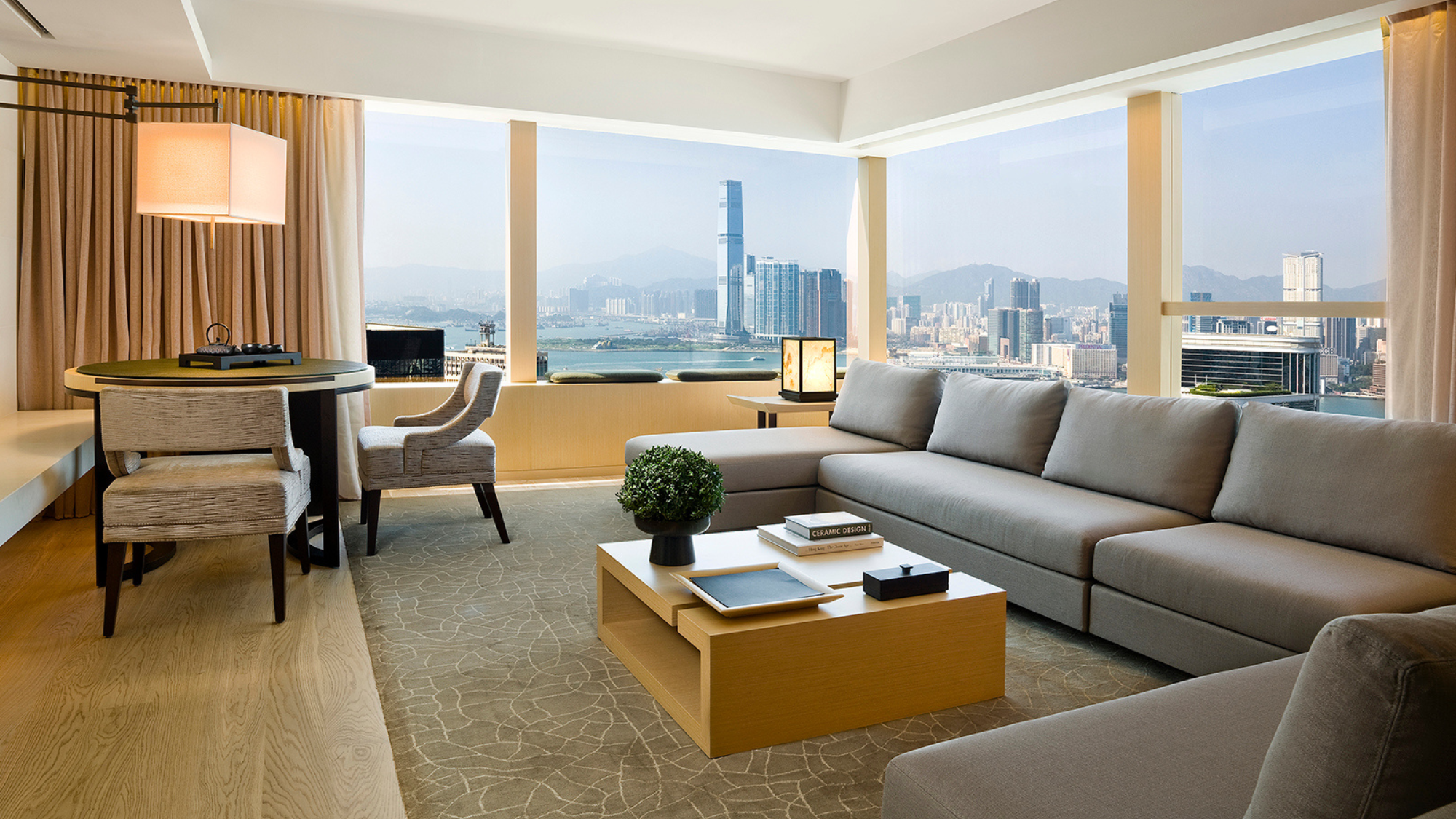 Upper House Hong Kong: a serene sanctuary in the bustle of the city
Upper House Hong Kong: a serene sanctuary in the bustle of the cityThe Week Recommends Panoramic harbour views and super-stylish interiors elevate this luxury hotel to another level
-
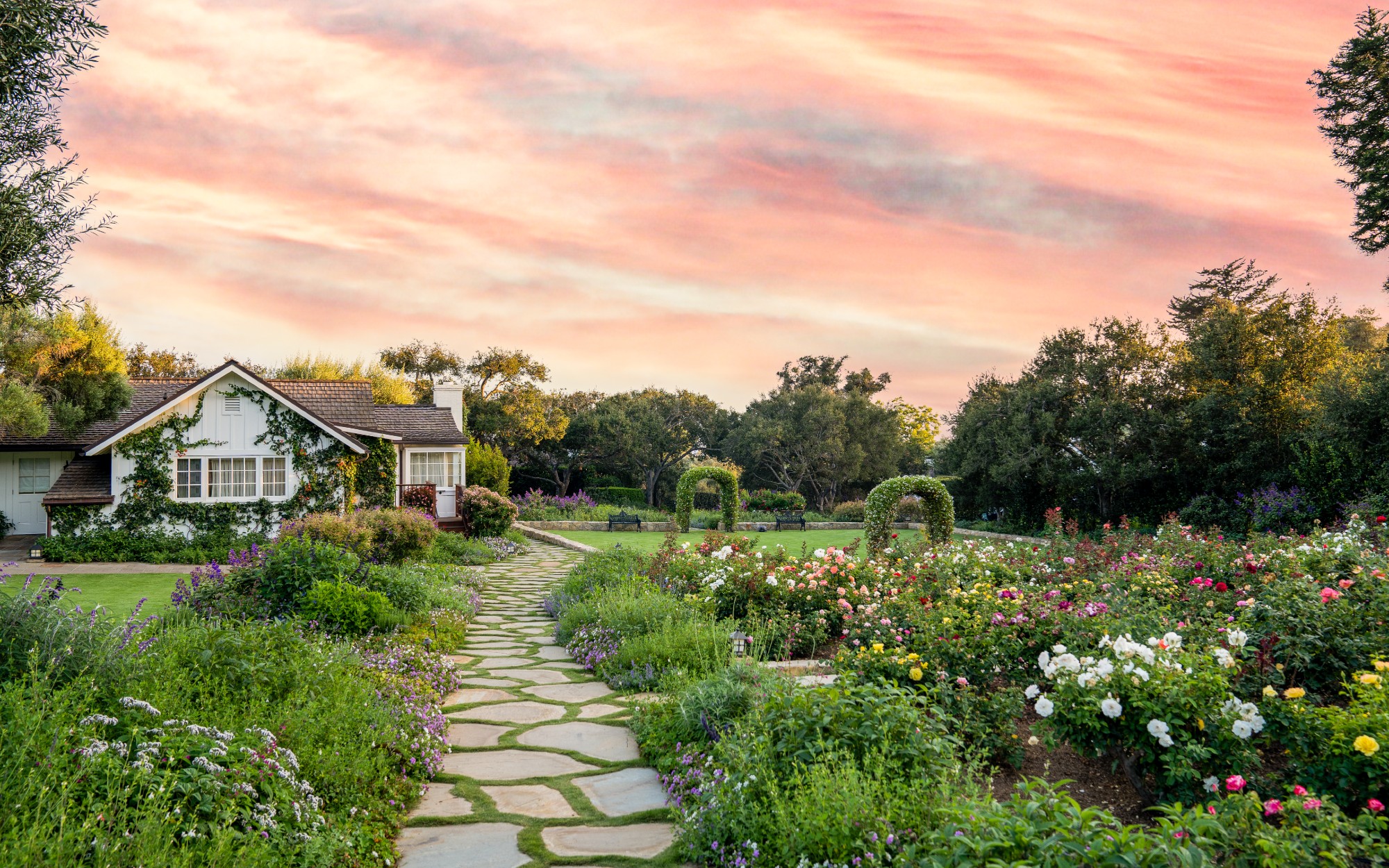 Step into a fairy tale at San Ysidro Ranch
Step into a fairy tale at San Ysidro RanchThe Week Recommends This historic Californian hideaway is pure magic
-
 The Old Bell Hotel: whimsy and charm in historic Wiltshire
The Old Bell Hotel: whimsy and charm in historic WiltshireThe Week Recommends Giraffes, monkeys and bold, bright colours add a playful touch to this 800-year-old inn
-
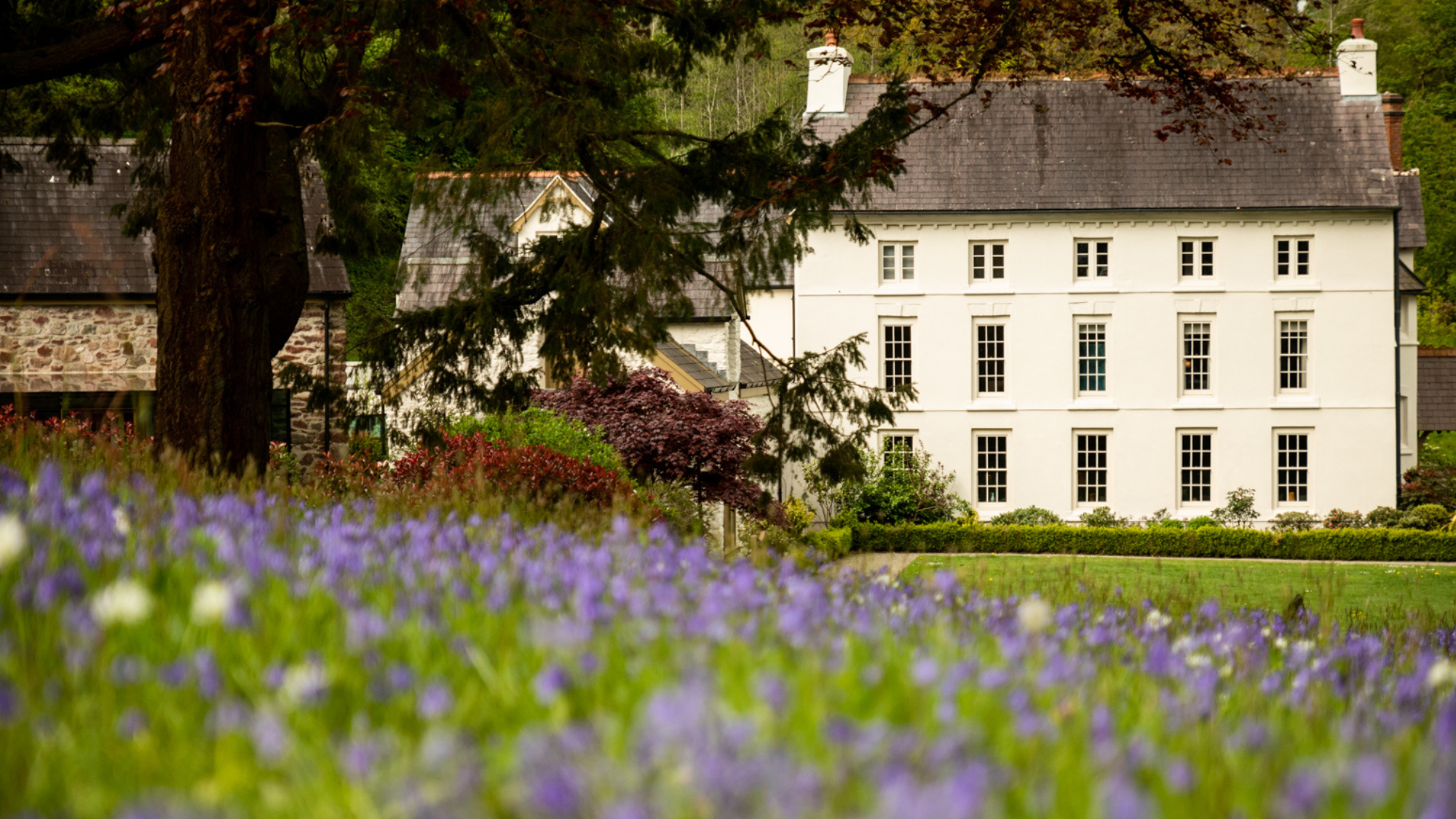 Grove of Narberth: comfort and style in the Welsh countryside
Grove of Narberth: comfort and style in the Welsh countrysideThe Week Recommends This boutique Georgian manor in Pembrokeshire is the perfect rural retreat
-
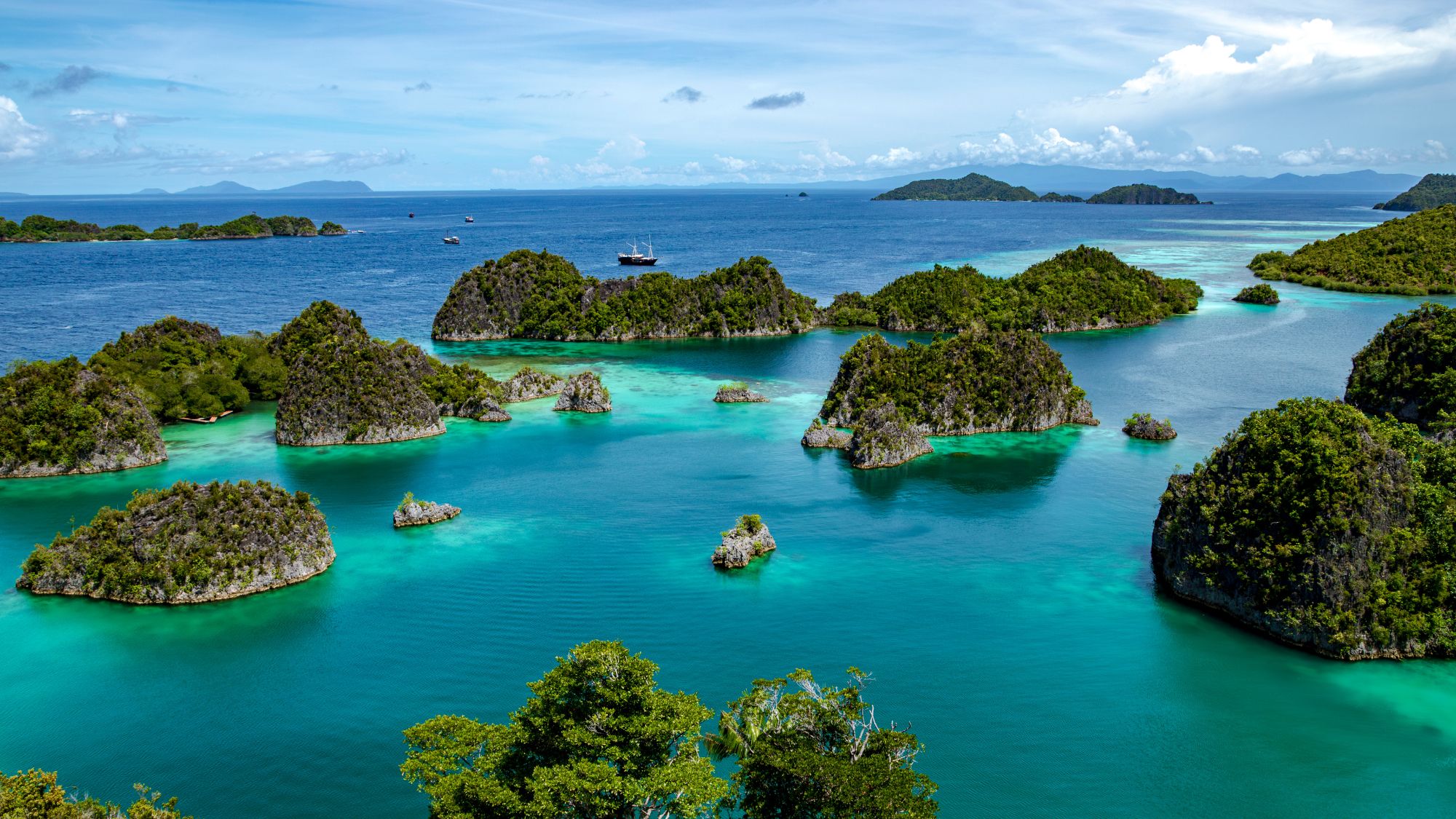 The dazzling coral gardens of Raja Ampat
The dazzling coral gardens of Raja AmpatThe Week Recommends Region of Indonesia is home to perhaps the planet’s most photogenic archipelago
-
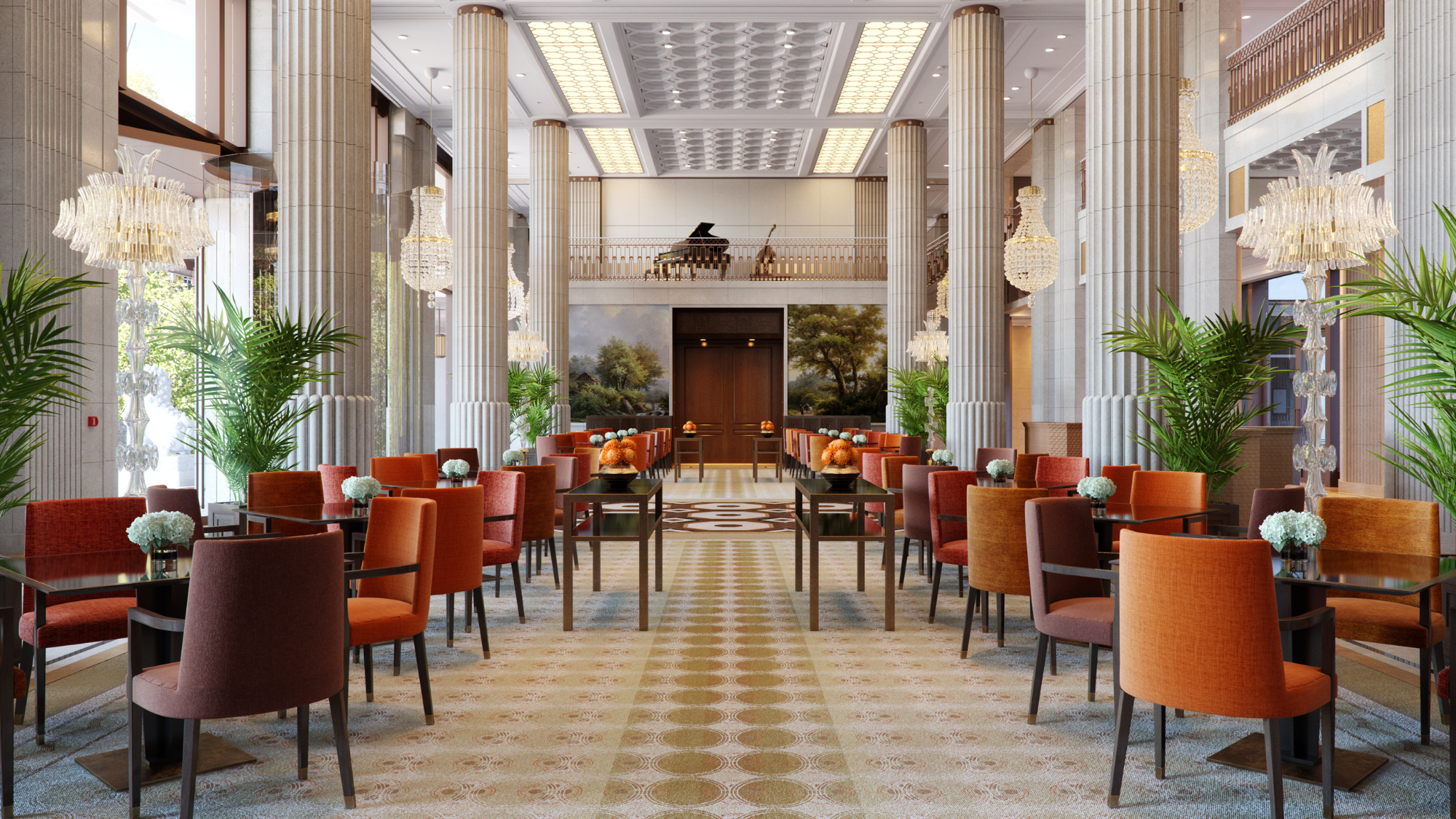 The Peninsula: London’s first billion-pound hotel
The Peninsula: London’s first billion-pound hotelThe Week Recommends As the capital’s super-luxury hotel scene continues to expand, the respected brand is still setting the standard
-
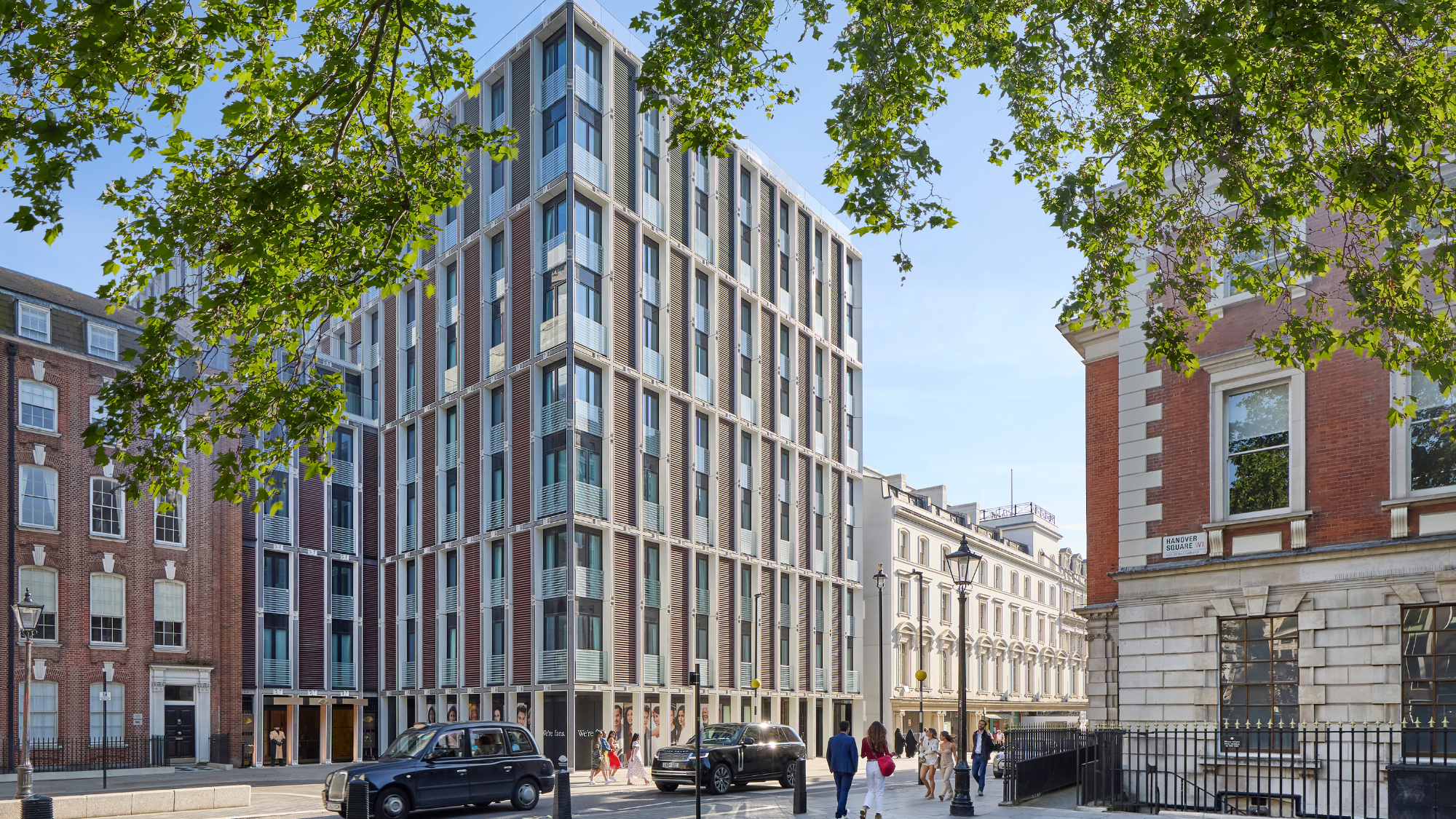 The Mini-Mayfair package at Mandarin Oriental
The Mini-Mayfair package at Mandarin OrientalThe Week Recommends Keep the kids entertained with a family-friendly stay at one of London’s swankiest hotels
-
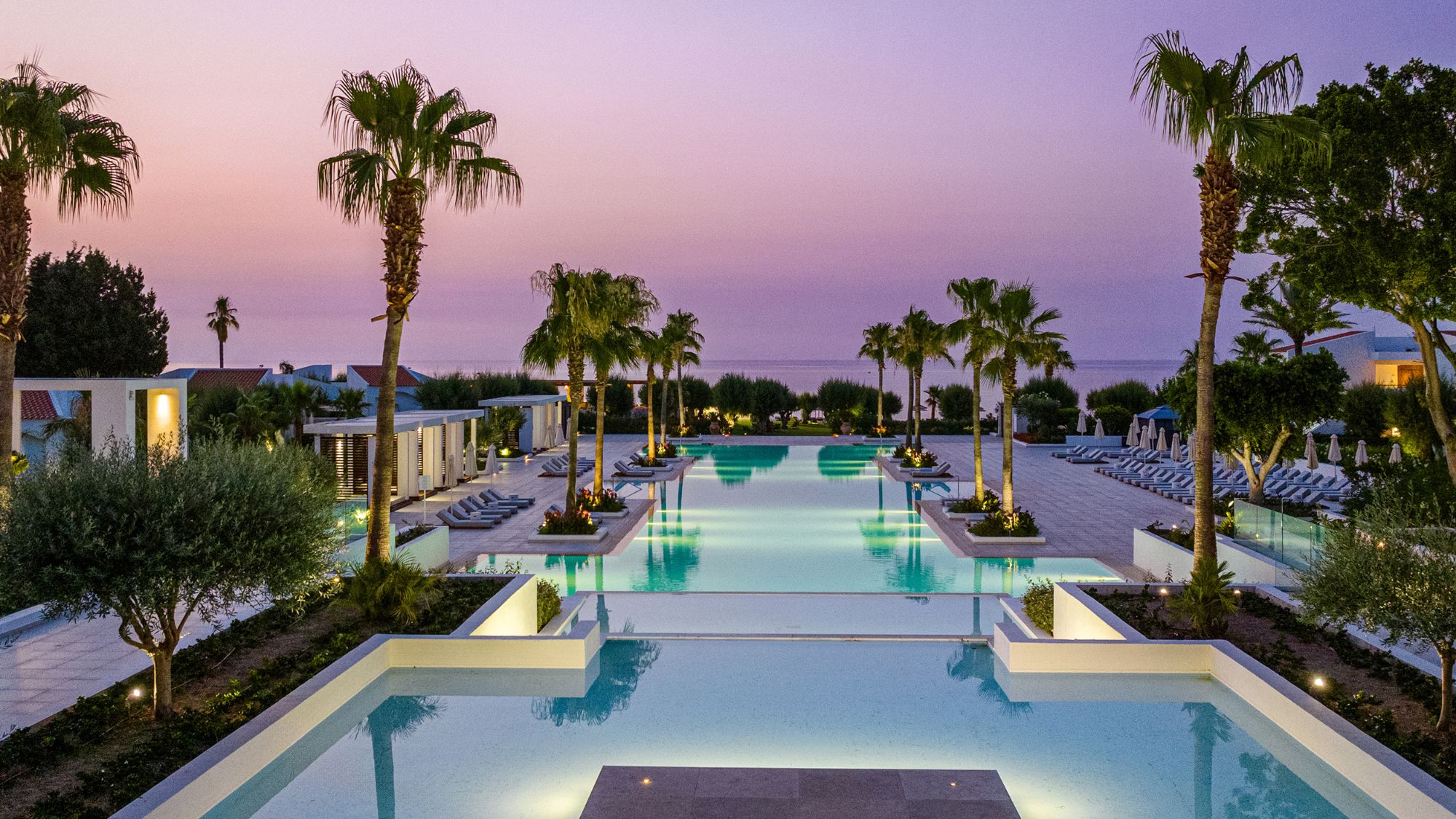 Grecotel Luxme Dama Dama: Greek luxury with a breezy beach vibe
Grecotel Luxme Dama Dama: Greek luxury with a breezy beach vibeThe Week Recommends Rhodes is reimagined in this refined and relaxed resort